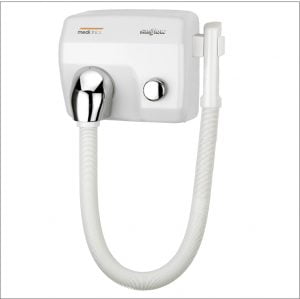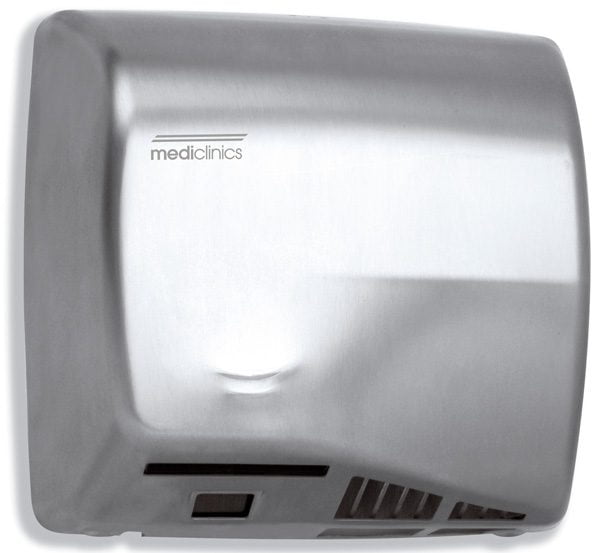How to Optimise Hand Hygiene in a Healthcare Setting
Amongst all of the environments where hand hygiene is important, it is literally vital in a healthcare setting. Good hand hygiene can significantly reduce the number of healthcare-associated infections (HCAI) that affect around 1 out of 10 patients during their treatment. Here are some of the main ways to optimise hand hygiene in hospitals, retirement homes and medical centres.
Practice the ‘5 moments’
Due to the importance of hand hygiene in a healthcare setting, WHO and Hand Hygiene Australia recommend cleaning hands at the following crucial ‘5 moments’ of patient care:
- Prior to touching a patient
- Prior to an aseptic procedure
- After touching a patient
- After a procedure or body fluid exposure risk, and
- After touching a patient’s surroundings.
Add hand sanitiser stations regularly throughout corridors and in rooms
Alcohol-based hand rub or sanitiser is recommended by the World Health Organisation (WHO) as the fastest and easiest way to clean hands if they’re not visibly soiled. Ensure your practice or hospital has easily accessible sanitiser dispensers near doors, at the entrance to wards and rooms and near communal areas. With automatic motion-activated dispensers, hands don’t ever need to touch the dispenser.
Place sinks and paper towel dispensers within easy reach
If hands are visibly soiled or a person has been to the bathroom they will need to wash their hands with soap and water for a thorough clean. As with sanitiser dispensers, automated soap dispensers can reduce the number of surfaces that can potentially transfer microorganisms. It’s also crucial to keep single use paper towel dispensers well stocked so medical and care staff can dry hands quickly.
Provide the correct glove type
While glove use does not replace the need to clean hands thoroughly, they are also a crucial part of hand hygiene. The correct type of single-use gloves should be worn for every invasive procedure, contact with sterile sites, contact with non-intact skin or mucous membranes and any activity that carries the risk of exposure to bodily fluids and excretions.
Make hand hygiene quick and easy in visitor bathrooms and reception areas
One other way that infection can spread is via visitors and outpatients as they interact in waiting rooms. Liquid soap, alcohol-based sanitiser and high speed hand dryers can make good hand hygiene a fast and easy process for anyone who’s spending time at the facility. Our team is always available to help you to choose the right hand dryers and products for your needs.
Remember to also acknowledge World Hand Hygiene Day on the 5th of May every year to remember the importance of hand hygiene in a healthcare setting, and we’ll all be doing our bit for a safer and healthier Australia. If you have any questions about products for your facility, get in touch with the friendly Davidson Washroom team.




